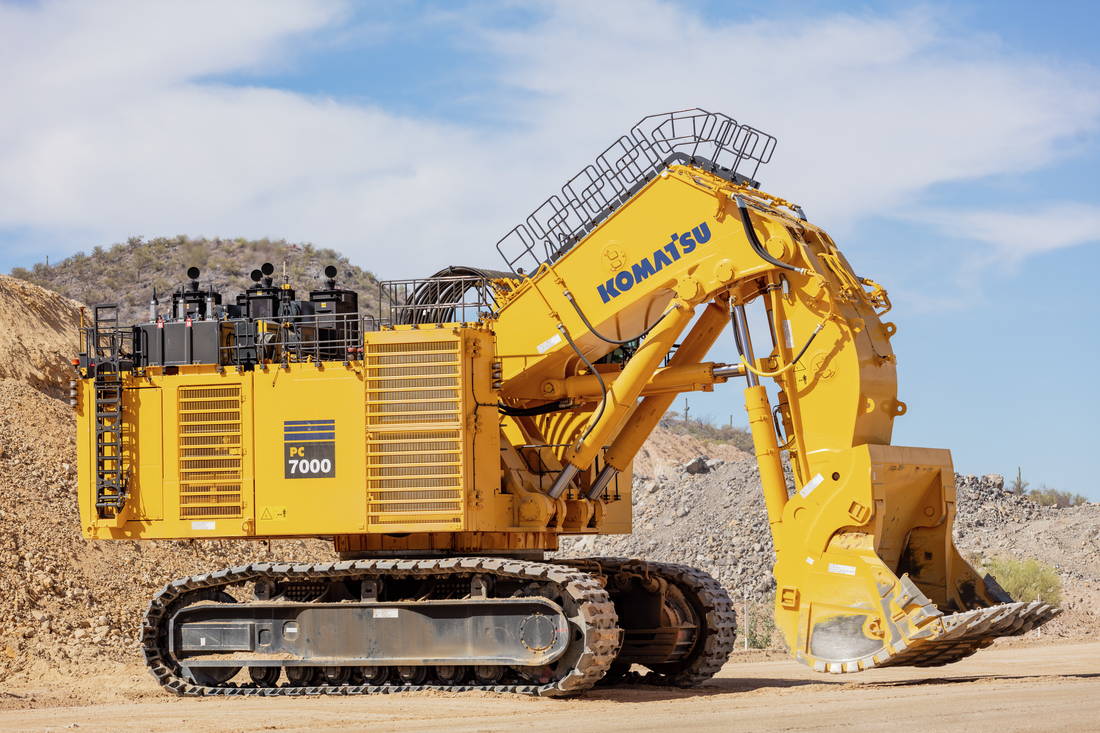Ekati is just not cutting it. Harry Winston sitting pretty as De Beers also drops bid

Reuters reports that De Beers, the globe’s number two diamond producer behind Russia’s Alrosa, considered a bid for BHP Billiton’s 80% stake in Canadian diamond mine Ekati, but has now become the latest interested party not to submit an offer.
Valuations for the Ekati mine have been very far apart with some saying it’s worth as little as $300 million while others peg it at $1.2 billion.
Last month it was reported that private equity outfit KKR had also dropped plans to buy Ekati, Canada’s oldest diamond mine in the far north of the country.
Toronto-based jeweller Harry Winston, which already owns 40% of Rio Tinto’s Diavik mine not far from Ekati, remains in the running to buy the business as does exploration company Stornoway Diamond Corp according to the newswire.
Harry Winston’s CEO told reporters earlier this week that a BHP deal would probably only happen near the end of the year and that Rio Tinto is likely to “spend at least another six months refining the corporate structure of its diamond assets before actively pursuing a sale or spinout”.
BHP, the globe’s biggest mining company, in November launched a review of its diamond operations with an eye to selling most or all of its assets. BHP has already off-loaded its Chidliak exploration project in Canada to Peregrine Diamonds.
Rio Tinto followed in March saying it is rethinking its gems business.
Rio operates three diamond mines including Argyle in Australia, Diavik and Murowa in Zimbabwe. The miner also has an advanced diamond project in Bunder, India.
The diamond business may simply be too small for the mining giants. Rio Tinto’s diamond mines contribute less than 2% to its earnings and its a tiny proportion of BHP’s income as well.
On top of that the profit margins for the gems, compared to say iron ore which sits at a more than comfortable 70% in Rio Tinto’s case, is too small.
With De Beers going private a decade ago and now being subsumed by Anglo-American direct exposure for resource investors to diamonds had always been hard to come by.
But the weak interest in BHP and Rio’s divisions and the fact that Graff Diamonds, a high-end retailer with stakes in mining and processing, had to pull its $1 billion IPO, may signal the diamond business is not as attractive as it used to be.
Nevertheless, the titans would be exiting a market where fundamentals continue to improve.
Rough-diamond prices rose 24% in 2011 building on strong gains during the two preceding years.
Supply is tight – Diavik and Ekati were the last major diamond discoveries but that was in the early 1990s. Diavik is Canada largest diamond mine while Ekati supplies 3 million or roughly 10% of the world’s diamonds by value per year.
And Ekati’s best days are behind it – its remaining life could be as short as eight years.
Also this week Russian officials said the country could sell its entire stake in 90%-owned Alrosa as it looks to triple its revenue from the sale of state owned enterprises.
Alrosa accounts for more than a quarter of world output and for 2012 predicts more than $5 billion in revenue by selling almost 35 million carats.
{{ commodity.name }}
{{ post.title }}
{{ post.date }}

Comments